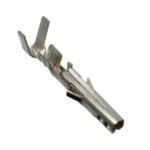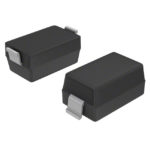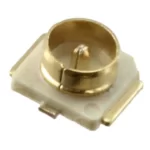An overview of variable capacitance diodes
What is meant by Variable Capacitance Diodes?
- A semiconductor device known as variable capacitance diodes, also known as a varactor diode, demonstrates a change in capacitance when a voltage is supplied to the terminals. The applied voltage affects a varactor diode’s capacitance; the higher the applied voltage, the lower the capacitance.
- Voltage-controlled oscillators (VCOs), which is electrical circuits that produce oscillating signals at frequencies defined by the applied voltage, employ VCDs to control the frequency of the oscillations. This uses the depletion layer’s capacity properties in the variable-capacitance diode.
- A depletion layer forms at the PN junction when the voltage is applied in the opposite direction to the diode, and the thickness varies proportionally to the reverse voltage. As a result, the capacitance reduces as the applied reverse voltage rises. This serves the same purpose as extending the space between the capacitor’s two electrodes.
- In contrast, the capacitance rises as the reverse voltage falls. For example, it is used to tune circuits. This capacitance variation alters the frequency characteristics, necessitating a larger capacity change ratio than a typical diode.
- It comprises two metal plates spaced apart by a dielectric substance. A capacitor’s surface charges electricity when a voltage is applied across plates, storing energy. When the voltage is removed, the stored charge remains on the plates, creating an electric field between them. The strength of the electric field depends on the amount of charge stored on the plates.
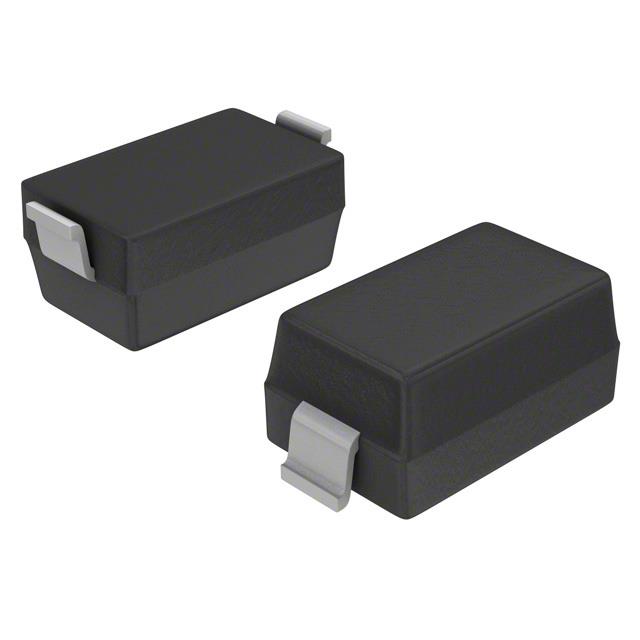
How do Variable Capacitance Diodes work?
- A varactor diode alters the width of the depletion region of the P-N junction to change the capacitance. The P-N Junction diode produces the capacitor effect. The voltage that is applied controls the capacitance.
- It functions in reversible bias mode. Imagine a varicap diode as a capacitor to quickly comprehend how it operates. A capacitor comprises two conducting plates with a dielectric sandwiched in between.
- Now, the varicap diode might also include these components. The conductive plates in the P-type and N-type areas of the diode are made of metal, while the dielectric is found in the depletion zone. A diode develops capacitive characteristics as a result of the similarity in structure.
- As the area grows, the constant dielectric increases, the plates are placed closer together, or the capacitance increases. The capacitance, on the other hand, falls when the area of the plates and the dielectric constant grows smaller or if the space between the plates widens. This suggests that the capacitance of a varicap diode is directly related to the cross-sectional area of its junction and inversely proportional to the breadth of its depletion region.
- On true varicap diodes, the capacitance can only be altered by varying the width of the depletion region. When a diode is reverse biased, one feature is that the depletion region changes. A varicap diode’s capacitance decreases as the reverse voltage is raised because the depletion region widens, increasing the distance between the P and N-type zones.
- The depletion region becomes more condensed as the reverse bias is reduced, falling the distance between the P and N sections and raising capacitance. As a result, the capacitance of the varicap diode can be changed by adjusting the amount of applied reverse bias.
Applications of Variable Capacitance Diodes in various fields:
One of the few varieties of diodes available for analogue signal processing is this one. In RF circuits, the variable capacitance diode can be used to adjust the circuit’s resonance frequency. It has many applications, including audio power amplifiers, radio frequency transmitters, and high-frequency oscillators. In circuit theory, variable capacitance diodes function as a switch between two fixed capacitors. As a result, the output current is proportional to the input voltage. They are used for voltage regulation, power supply circuits, and high-frequency switching applications. They offer low cost and easy integration.
- Voltage-controlled oscillators:
They are sometimes known as VCOs and are utilized in various RF systems. For the oscillator inside phased-locked loops, this is a significant area. These, in turn, can be used in frequency synthesizers or as FM demodulators. A vital part of the voltage-regulated oscillator is the varactor diode.
- RF filters:
Varactor diodes can be used to adjust filters. In receiver forward-facing-end circuits, which allows the sieves to monitor the incoming signal frequency, tracking filters may be required. Once more, a mechanism voltage can be used to control this. A numerical to analogue converter used under microprocessor control could offer this.
- Phase modulators and frequency:
Variable capacitance diodes can be utilized in frequency and phase modulators, two electronic devices. They can be positioned across the generator’s resonant element in frequency modulators, with the audio applied to the diode. This will cause its capacitance to change in time with the audio, which will cause the signal frequency to change in time with the fluctuations in capacitance and, consequently, in time with the audio.
- Other uses:
They are voltage-controlled variable capacitors and have been applied to many circuits, including power supplies, audio amplifiers, and switching regulators. A wide range of applications of variable capacitance diodes includes electrostatic protection circuits. Their main advantages include high-frequency response, low cost, fast transient performance, and compact size.
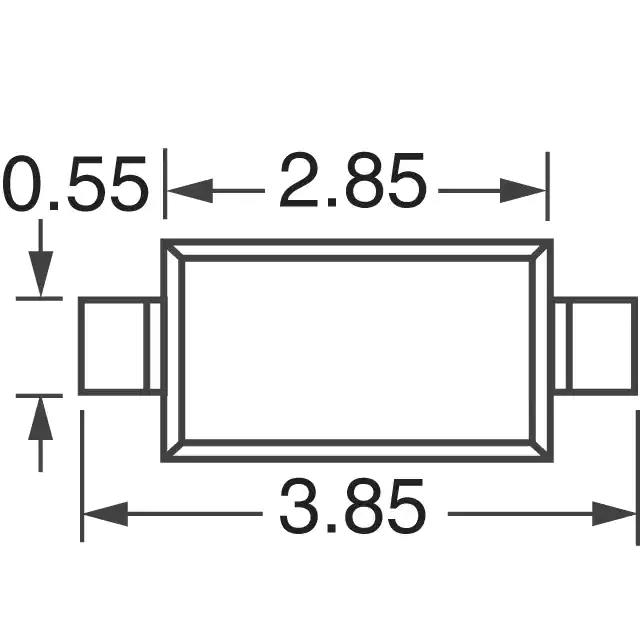
Conclusion:
Variable capacitance diodes are electronic components used as voltage-controlled oscillators or frequency control elements. BOMZON has created this amazing capacitance diode. To ensure the quality of the product, we have a strict quality control system and technical team to test the product’s performance. Welcome to contact us for further information. We have an excellent track record of providing top-notch products for our customers. With many years of experience, we know what it takes to create durable, reliable capacitance diodes. We have extensive knowledge of what it takes to produce dependable, long-lasting diodes. We are looking forward to establishing business relations with you. You can rely on us not only once but always!
